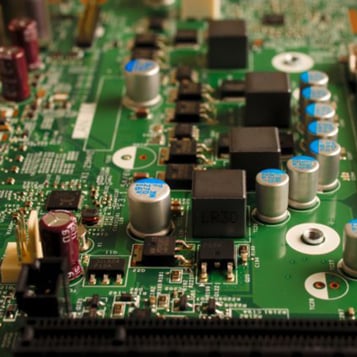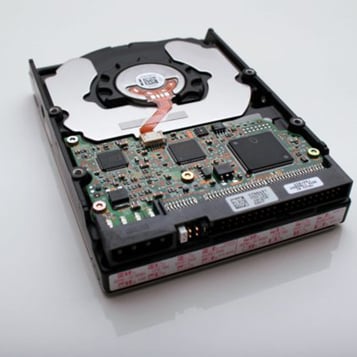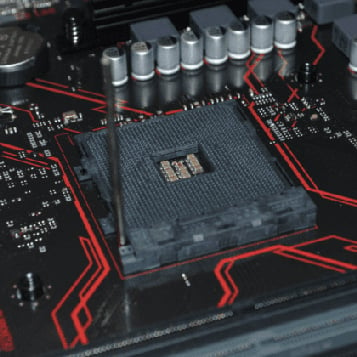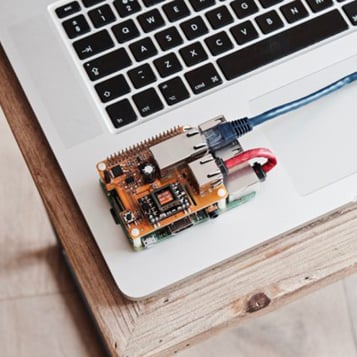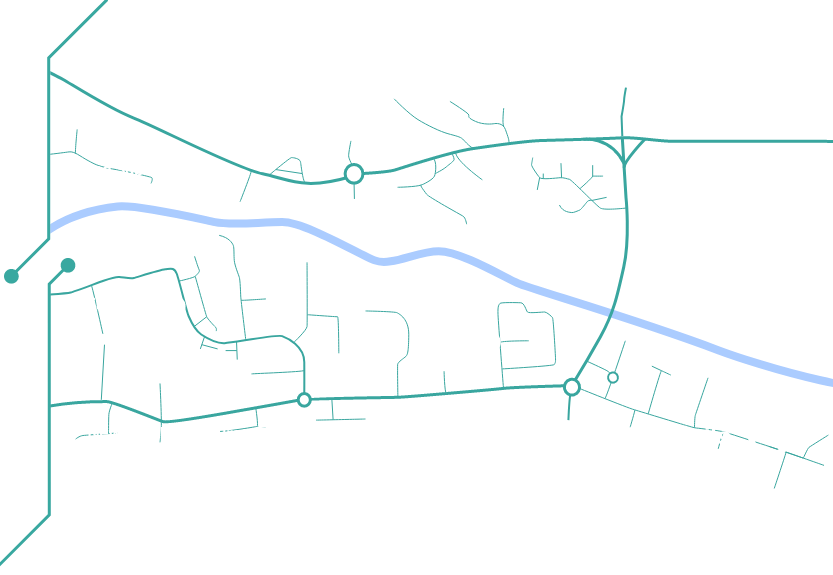The A-Z of Printed Circuit Boards
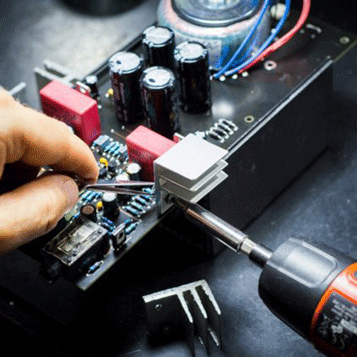
Printed circuit boards are complex beasts and getting to grips with the terminology alone can be baffling, so we’ve put together an A-Z of printed circuit board terms to help you get up to speed.
Assembly: Assembly is where components are added to the bare composite board to give the printed circuit board its functionality.
Blind Via: A Blind Via connects an outer layer to an inner layer, but doesn’t go through the whole board.
Components: Components are the individual units that are added to the board, giving it its functionality.
Dry Film: Dry Film is a polymer-coated polyester film that is sensitive to UV light. It is used to print circuit boards using photolithography.
Etchant: Etchant is a corrosive chemical used to etch a design into the circuit board.
Footprint: A Footprint is the layout of pads or holes used to electrically connect a component to a circuit board.
Gerber File: These are the original design files for a PCB layout. Our specialist technicians at Garner Osborne will always review your Gerber files before quoting on a project to see if our PCB technicians can help you reduce costs or improve performance or reliability.
HASL: HASL (Hot Air Solder Leveling) is a type of finish used on printed circuit boards.
Ident: Ident layers are added to the PCB to identify components, test points and parts and to add symbols, logos and warnings. It’s sometimes referred to as Silk-Screening.
Jig: Jigs are used to test PCBs. They contain a dump board which can find faults within the PCB.
Kits: Kits can be purchased containing all of the elements required for certain PCB designs. Buying components in this way can work out more cost effective for basic, off-the-shelf designs.
Laminate: Laminate is another word for the composite boards or bare boards used to build PCBs.
Multi-Layer: Often, printed circuit boards require more than one layer of composite. These are referred to as Multi-Layer boards.
